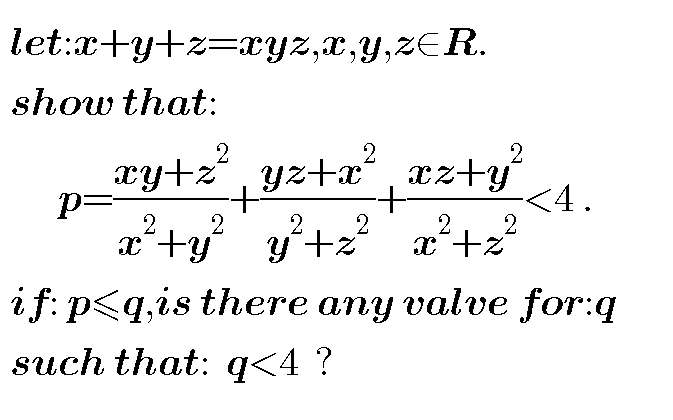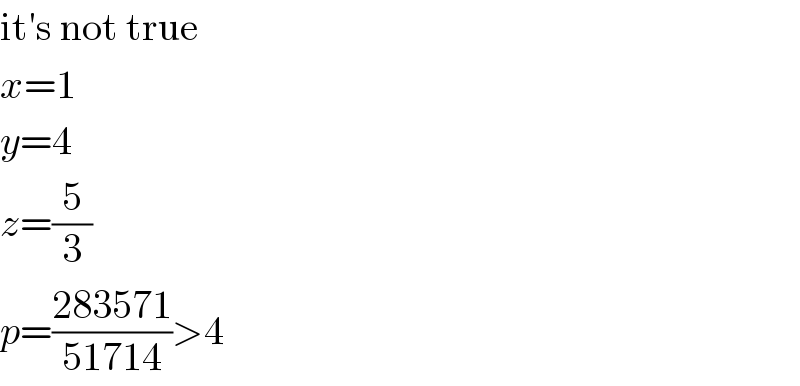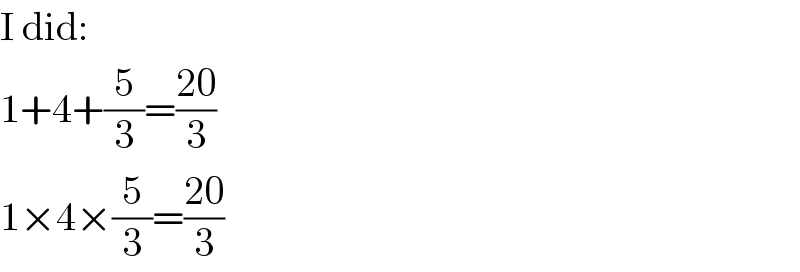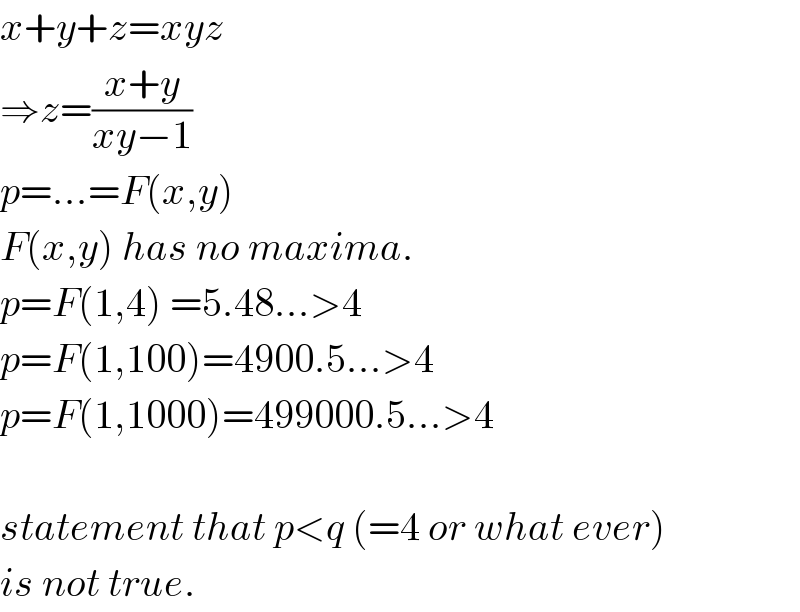
Question and Answers Forum
Question Number 40344 by behi83417@gmail.com last updated on 20/Jul/18

Commented by MJS last updated on 20/Jul/18

Commented by behi83417@gmail.com last updated on 21/Jul/18

Answered by MJS last updated on 20/Jul/18

Commented by behi83417@gmail.com last updated on 20/Jul/18

Commented by MJS last updated on 20/Jul/18

Commented by MrW3 last updated on 20/Jul/18

